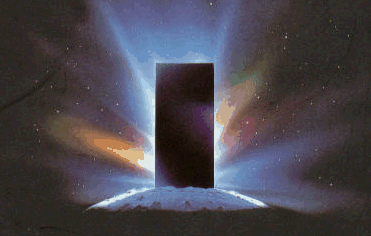alien artifacts

If intelligent extraterrestrial life exists and has entered the Solar System in the past, there is the possibility of finding traces of these visits on Earth, on the surface of our neighboring worlds, or in interplanetary space. Supporters of the paleocontact hypothesis, also known as the "ancient astronaut" hypothesis, maintain that such evidence is to hand, although this suggestion is rejected by the majority of scientists.
More attention has been paid in orthodox circles to the idea of large-scale astroengineering works by highly advanced races, including Dyson spheres, that might be detectable over interstellar distances, and also of sentinel devices or Bracewell probes sent to search for the presence of intelligent life in the solar system.
Recently, however, a number of mainstream astrophysicists have emphasized that the Moon and Mars, in particular, may be worth scrutinizing in more detail for signs of alien artifacts given that we now have some high-resolution imagery to hand of these worlds. In 2011, Paul Davies and Robert Wagner of Arizona State University argued the case for the Moon. A year later, Jacob Haqq-Misra and Ravi Kumar Kopparapu, at Penn State, highlighted Mars as another nearby world upon which visiting extraterrestrials may have left evidence that could be visible to orbiting spacecraft.
References
1. Freitas, Robert A., Jr., and Valdes, Francisco. "The Search for Extraterrestrial
Artifacts (SETA)," Acta Astronautica, 12 (12), 1027 (1985).
2. Zubrin, R. "Detection of Extraterrestrial Civilizations via the Spectral
Signatures of Advanced Interstellar Spacecraft," Astronomical Society
of the Pacific, 74, paper presented at Progress in the Search
for Extraterrestrial Life, 1993 Bioastronomy Symposium, Santa Cruz,
Calif., Seth Shostak, ed., August 16-20, 1993.


